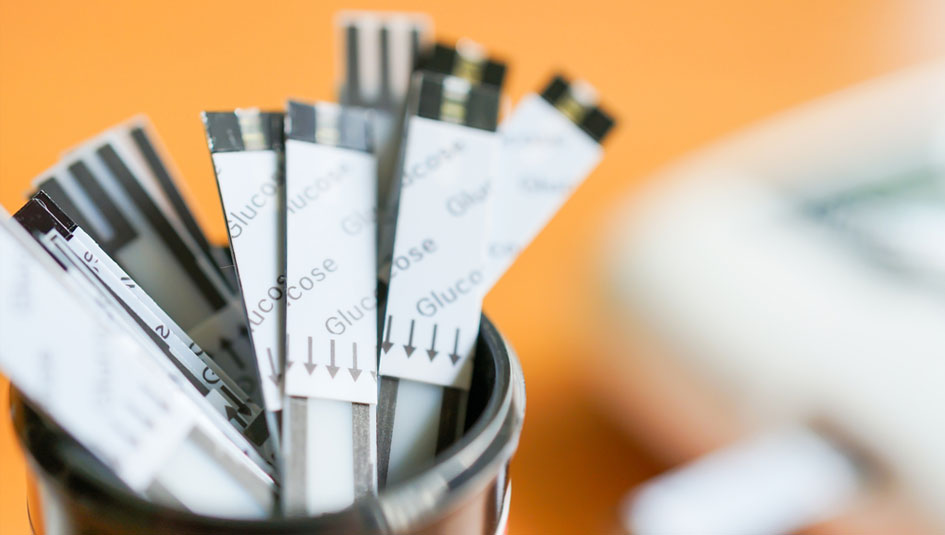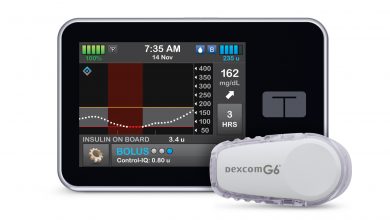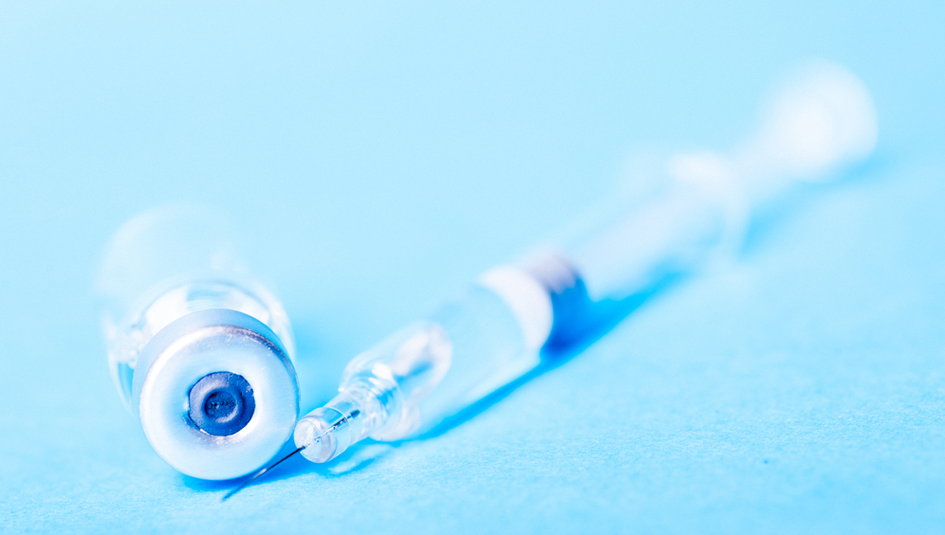Third Time the Charm for Inhalable Insulin?
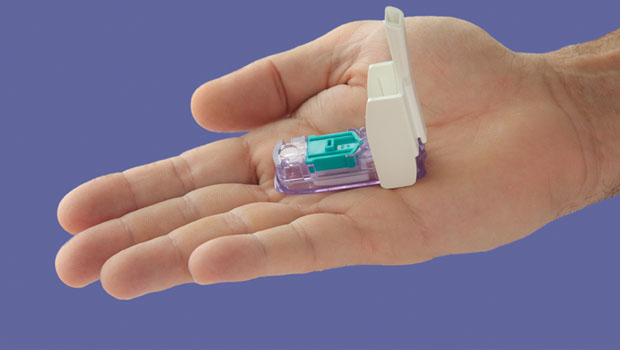
Mannkind Corporation once again has submitted a New Drug Application (NDA) for FDA approval of its inhalable insulin product, Afrezza. This is the third time the pharmaceutical company has knocked on the FDA’s door, and company officials hope that new testing results will buoy its chances of getting a seal of approval from federal regulators.
“The NDA resubmission for Afrezza included the results of two Phase 3 studies requested by the FDA and designed with the agency’s input and guidance. Both studies met their primary endpoints and safety objectives. We believe we have addressed all the FDA’s questions in this filing,” says Hakan Edstrom, President of MannKind Corporation.
Afreeza delivers bolus insulin for mealtime glycemic control. The FDA, which sets a high bar for approving novel diabetes treatments, will be focusing on two main factors with Afrezza: how inhalable insulin affects lung function and how it controls A1C levels. In both regards, the Afrezza application is armed with strong Phase 3 trial results data (see Insulin Nation’s “Afrezza Enters the Home Stretch…Again”). With Type 1 participants, the trials showed no difference in pulmonary function between the new inhaler (“the Dreamboat”) and a first-generation Mannkind-developed inhaler that previously gained FDA approval. The data also showed that Dreamboat-delivered insulin performed just as well as subcutaneous (injectable) insulin in decreasing A1C levels in T1 participants, with fewer instances of hypoglycemia.
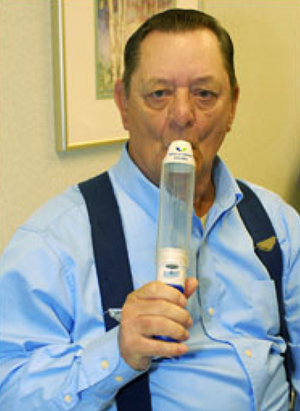
approved by the FDA, proved too unwieldy,
and did poorly in sales.
Even with the new testing data, FDA approval is not a done deal. Afrezza, which has been in development for 12 years, has been seeking the green light from federal regulators since 2009. The FDA has approved an inhalable insulin product once before with Pfizer’s Exubera in 2006. Even with approval, however, Exubera did poorly in sales and was quickly pulled from the market; it featured a much larger inhaler than Afrezza.
The promise of inhalable insulin is enticing because it has a simpler chemical structure than subcutaneous insulin, meaning it can be absorbed into the body more quickly (see “Inhalable Insulin: A Breathtaking Development”). And because of its structure, inhalable insulin also leaves the body quickly, which lowers the risks of hypoglycemia that could be caused by “leftover” insulin in the body.
The FDA has acknowledged receipt of the application. No timeline has been given for a decision.
Thanks for reading this Insulin Nation article. Want more Type 1 news? Subscribe here.
Have Type 2 diabetes or know someone who does? Try Type 2 Nation, our sister publication.

